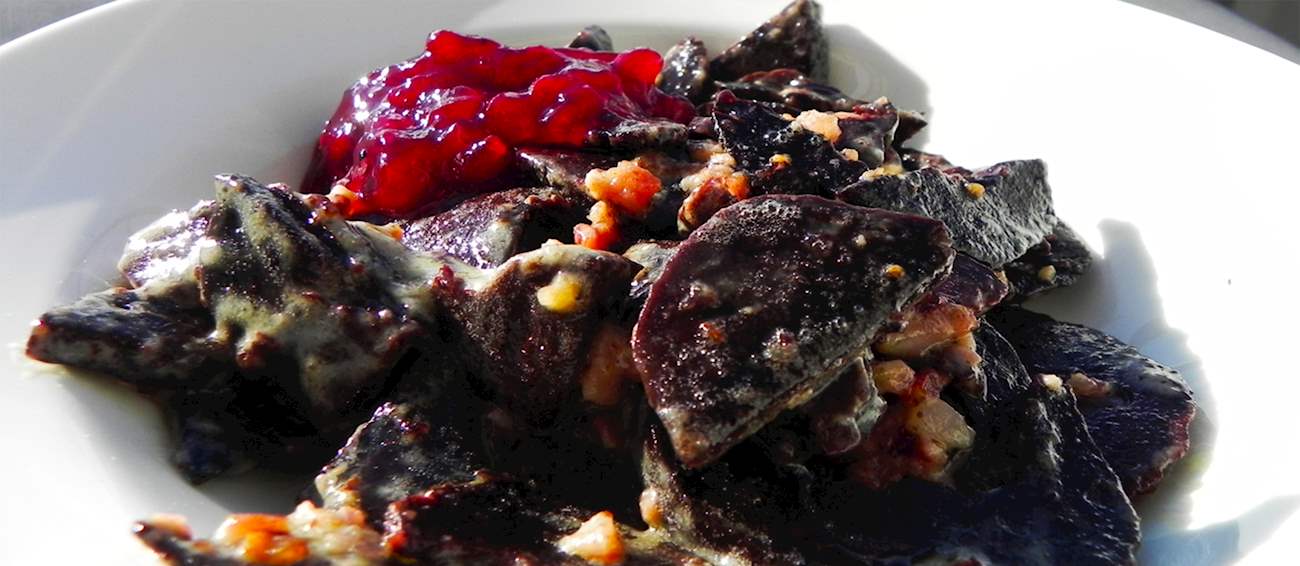TasteAtlas food rankings are based on the ratings of the TasteAtlas audience, with a series of mechanisms that recognize real users and that ignore bot, nationalist or local patriotic ratings, and give additional value to the ratings of users that the system recognizes as knowledgeable. For the “100 Worst Rated Foods in the World” list until March 20, 2025, 623,915 ratings were recorded, of which 402,150 were recognized by the system as legitimate. TasteAtlas Rankings should not be seen as the final global conclusion about food. Their purpose is to promote excellent local foods, instill pride in traditional dishes, and arouse curiosity about dishes you haven’t tried.
100 Worst Rated Foods in the World
Comments (16)
MIKHAIL PASYUK вот о таких как ты я и говорю. А если кому и лечится, то SALAMI GOD, FEDOR MARMELADOV и СОУС ЧИЛИ судя по тому что они написали.
SERG ENGINEER, ыыыыыыыыы злобный путин уже людей против чужой еды настраивает ыыыыыыы, ты видимо никогда не слышал об такой персоне как евгений клопотенко
SERG ENGINEER, чё ты несёшь? иди лечись
RU: Далеко не со всем согласен. Например 8 из 10 блюд из первой десятки я бы попробовал. Кроме протухшей рыбы и шведской телятины (слишком уж она блевотный холодец из русской кухни напоминает). Отдельный стыд за соотечественников в комментариях, под влиянием путинской пропаганды (да и в целом путинской версии патриотизма, в основе которого лежит не любовь к Родине, а ненависть к другим культурам и народам) ставших оголтелыми ксенофобами, а то и законченными нацистами. Да ещё и считающих нацистами все другие славянские национальности (что иронично). P.S. И да, имя Катерина вполне себе существует. EN: I don't agree with everything. For example, I would try 8 out of 10 dishes from the top ten. Except for rotten fish and Swedish veal (it reminds too much of the vomit jellied meat from Russian cuisine). A separate shame for compatriots in the comments, under the influence of Putin’s propaganda (and in general Putin’s version of patriotism, which is based not on love for the Motherland, but on hatred of other cultures and peoples) who became rabid xenophobes, and even complete Nazis. Moreover, they consider all other Slavic nationalities to be Nazis (which is ironic). P.S. And yes, the name Katerina does exist.


Опять обиженные русские прибежали доказывать, что они самые великие на свете ) Как там уровень жизни, русские?